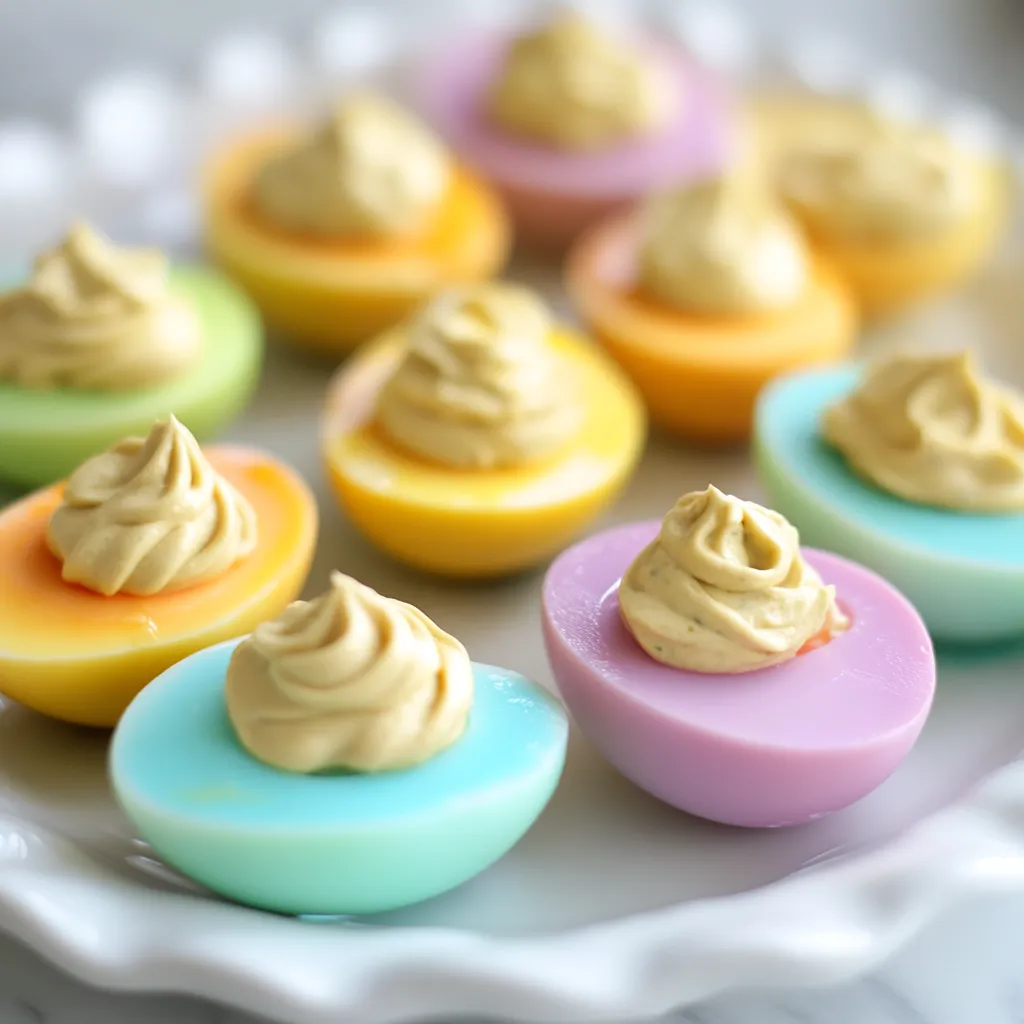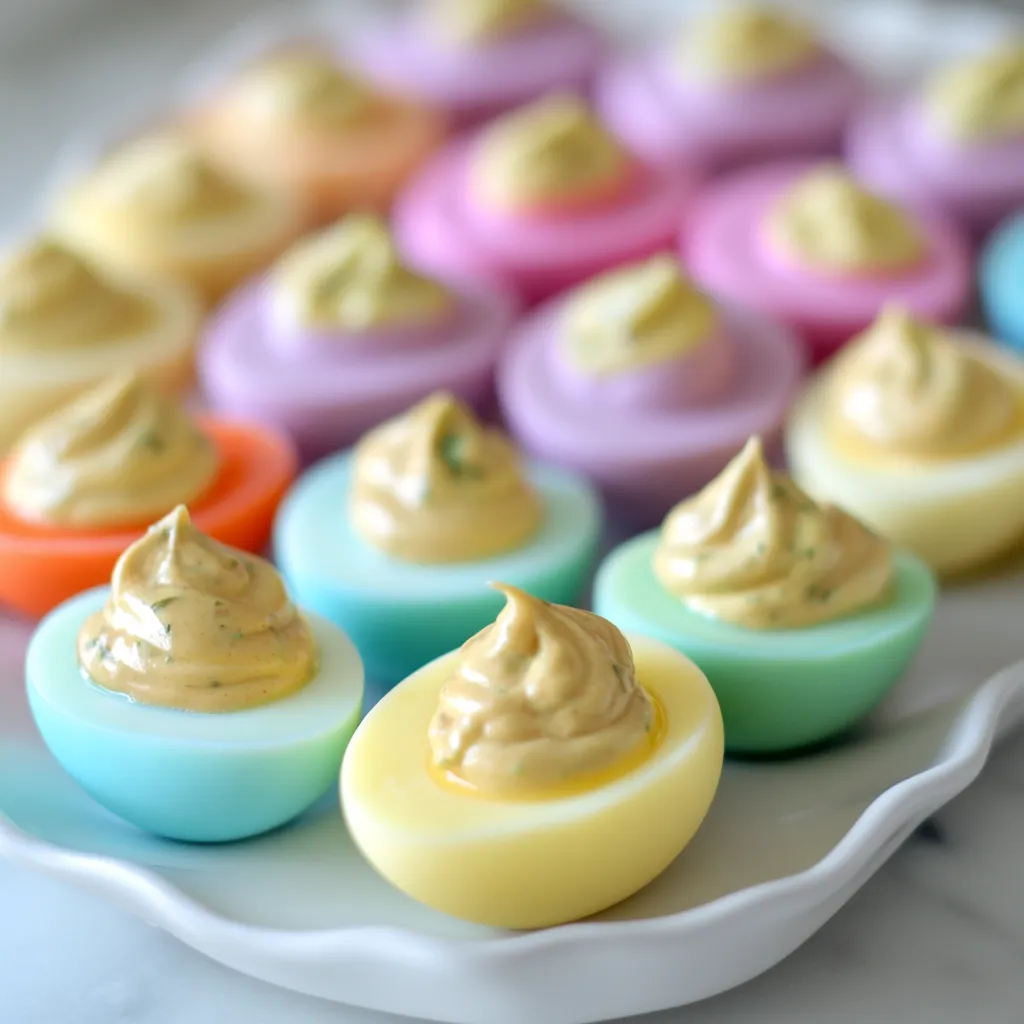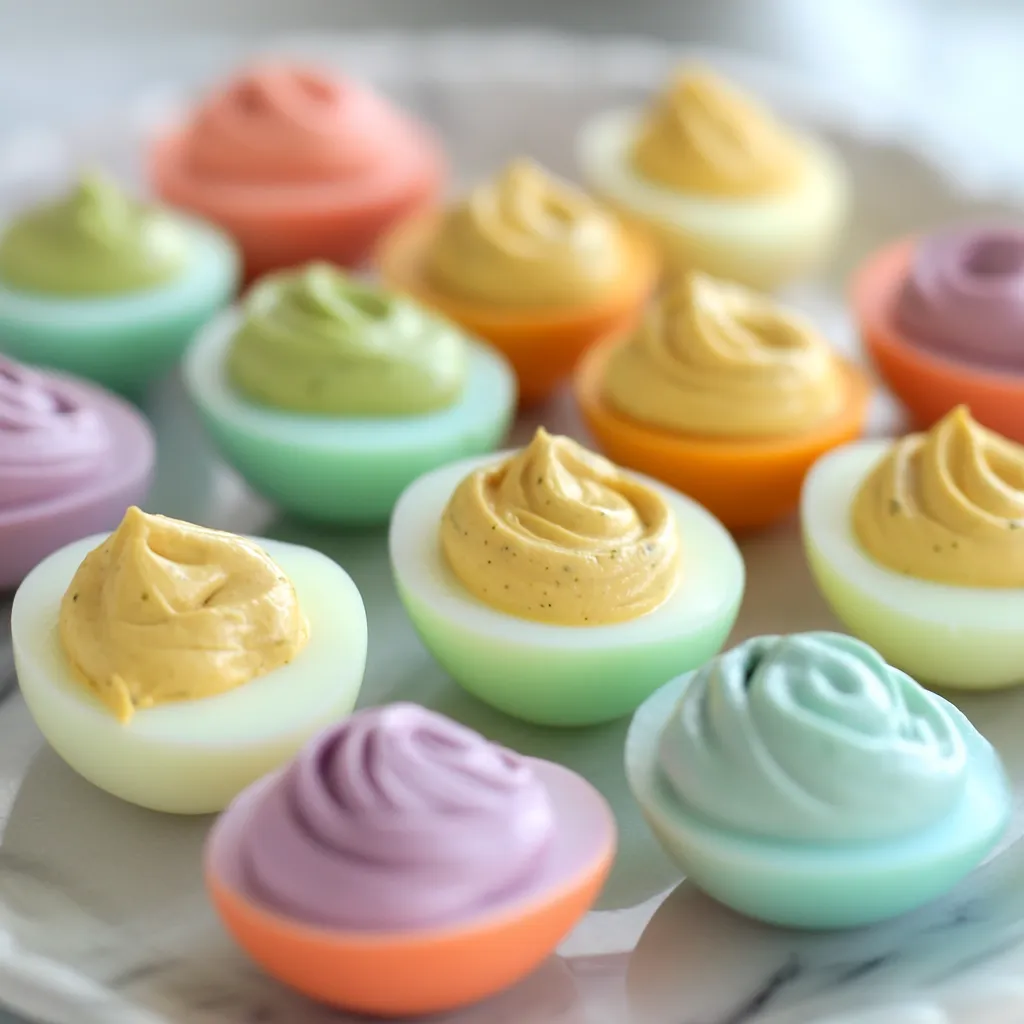 Pin it
Pin it
These mouthwatering Portuguese custard cupcakes have a smooth, creamy center wrapped in delightfully crispy, caramelized edges for an amazing texture contrast. Bright fresh lemon zest cuts through the rich custard while vanilla gives it a cozy warmth. Queijadas capture the soul of Portuguese baking traditions, bringing you the real taste of coastal bakeries right in your kitchen. Don't let their homey look fool you—these treats pack sophisticated flavors perfect for casual coffee dates or fancy dessert tables.
I first tried queijadas during a trip to Portugal where I couldn't help buying them from different bakeries every morning. When I got home, I spent forever tweaking this recipe to get that special mix of textures and tastes just right. The best moment was when my friend's Portuguese grandma tried them and gave me a nod, saying they reminded her of the ones from her small town near Lisbon.
Complete Ingredients Breakdown
- Whole milk (500ml): Forms the base of your custard filling for that luxurious mouthfeel.
- Granulated sugar (250g): Melts into the mix and turns golden brown around the edges.
- Unsalted butter (50g): Adds a velvety quality and boosts the custard's smooth texture.
- All-purpose flour (50g): Helps thicken the mixture just enough for that signature consistency.
- Large eggs (4): Give structure and hold everything together for that pudding-like center.
- Fresh lemon zest (1 lemon): Adds a zingy freshness that balances the sweetness.
- Vanilla extract (1 tsp): Deepens the overall flavor profile.
- Ground cinnamon (optional, 1/2 tsp): Brings a warm, spicy note if you want extra depth.
Making Flawless Queijadas
- Setting Up:
- Heat your oven to 350°F with the rack in the middle. Make sure to grease your muffin tins really well, hitting all the corners.
- Making Your Base:
- Melt your butter in a pot, add milk and warm it up gently but don't let it bubble. Let it cool down a bit.
- Mixing The Custard:
- Whip eggs until they're a bit foamy, then slowly add sugar until it gets thicker. Stir in your vanilla and lemon zest.
- Finishing Touches:
- Slowly mix warm milk into the eggs a little at a time while stirring. Pour into your muffin tins and bake for 35-38 minutes until the edges turn golden but centers still wobble slightly.
 Pin it
Pin it
My grandma always told me to take my time with custard treats. I learned this the hard way when I rushed my first batch and took them out too early, ending up with runny middles. When I let them bake until they turned golden, magic happened—that perfect mix of crispy outside and creamy inside finally came together.
Stylish Serving Options
Try them warm with a dollop of vanilla ice cream and a sprinkle of cinnamon. For a pretty display, put them on a tiered plate with fresh berries and mint leaves for afternoon guests. If you're doing brunch, let people top their own with whipped cream, lemon curd, and fruit sauce.
Local Variations
In Madeira, they mix in honey and cinnamon. People from the Azores often add anise or fennel seeds for a hint of licorice. Brazilian versions sometimes use coconut milk or tropical fruits like passion fruit or guava.
Keeping Them Fresh
If eating them today, just cover them loosely at room temperature. Put leftovers in a sealed container in the fridge for up to two days, but let them warm up before eating. You can freeze them for up to two months and warm them back up in a 300°F oven for seven minutes.
 Pin it
Pin it
Making these custard cups takes me right back to sunny squares and seaside cafes in Portugal. Food can really lock in memories and experiences, making these queijadas more than just a sweet treat—they're my personal connection to tradition and travel memories.
Frequently Asked Questions
- → Can these colorful eggs be made ahead?
- Absolutely, prepare everything up to a day early. Keep the dyed whites and filling apart in the fridge. Just fill them before serving to keep them fresh.
- → Does food dye affect how the eggs taste?
- Not at all. The vinegar set in the food color only helps it stick to the whites and doesn’t leave flavor behind once dried.
- → How long should I soak the eggs to color them?
- For deep hues, let them sit for 10-15 mins; pastel shades only need about 5 mins. Longer dips mean brighter colors!
- → Can natural dyes work instead of artificial ones?
- Yes, use beet juice (pink), turmeric (yellow), spinach water (green), or blueberry liquid (blue). Natural dyes might need longer soaking to hold the color.
- → What substitutes work for pickles in the filling?
- Try relish, capers, or plain vinegar for the tang. For new twists, test out olive juice or mild hot sauce.
